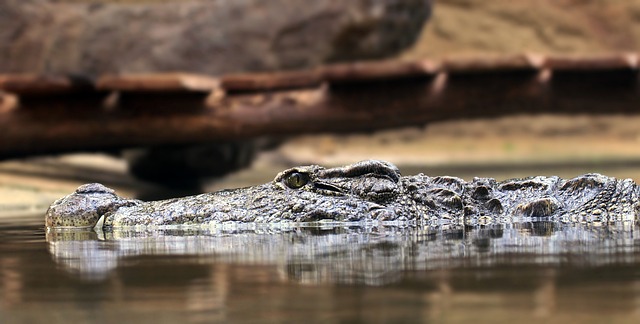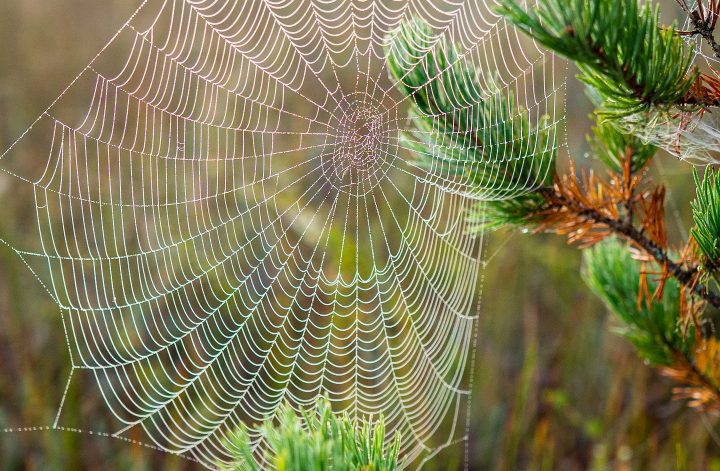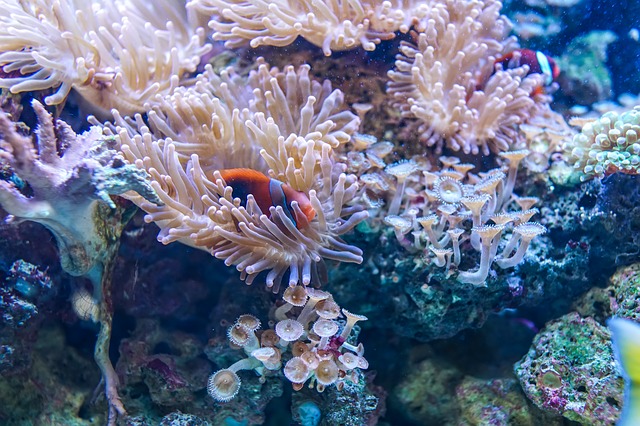Introduction: Biodiversity in Pakistan
Like many other parts of the world, Pakistan is also endowed with a huge variety of flora and fauna. They range everywhere from the arid deserts of Thar and Cholistan to the cooler northern mountainous regions of Hunza. Many of them are also critically endangered and efforts are needed for their proper conservation.
Pakistan is home to 195 mammal species, 668 bird species (25 of which are endangered), 177 reptile species, 22 amphibians, 198 freshwater species, 5000 species of invertebrates as well as 5700 flowering plants.
Pakistan also has some endemic species. Endemic species are the animals or plants that are native to the region they are found in. These species are found absolutely no where else in the world except for that region.
In Pakistan currently, there are 6 endemic species of mammals, 17 reptile species, 9 amphibian species, 29 freshwater animal species and finally 400 endemic species of flowering plants.
You may want to check out: Endangered and Critically Endangered Bird Species of Pakistan and Endangered and Critically Endangered Animals of Pakistan
CAUSES OF SPECIES DECLINE:
There are many reasons why a specie of an animal or plant may start to show signs of their population declining. Some of the most common causes being:
- Deforestation: This is the number one reason as forests are not just a commodity for us to use as we want without any limit but they are also the homes of thousands of animal species-big and small. When we remove the forest cover; aside from causing a lot of environmental problems the immediate effect of this land clearance is on those animals and birds that lived there. Deforestation causes disruption of wildlife habitat and the subsequent absence of tree canopies and felling results in a loss of habitat for many bird species as well. Check out, Deforestation- Causes, Effects and Solutions
- Overgrazing: When animals are allowed to overgraze on pastures without any invigilance, they tend to eat the whole grass- even the root which is harmful for the soil and therefore the grass takes a lot of time to grow back to a height that can be fed upon. It also causes poor soil health and this harms the native plant species leading to a decrease in the total forage production. Thus, this leads to lower weaning and breeding rates.
- Salinity/Waterlogging: Extremely salty or wet areas tend to kill plants as they cannot survive in brackish or prolonged wet environments. The decreased plant production consequently leads to a decline in biodiversity of the area particularly wetlands as the primary food source is not available. Also check out, Waterlogging and Salinity in Pakistan
- Illegal Hunting/Poaching: Illegal poaching or overhunting just for fun to obtain precious animal materials such as tusks from elephants, leopard skins, rabbit fur etc. are also a major cause of the rapid decline in biodiversity. Now, there are policies, heavy fines and bans imposed on hunting many animals especially the endangered ones in countries across the world including Pakistan. You may also be interested in, Illegal Wildlife Trade in Pakistan- Threat to Wildlife
Also read: 12 Vulnerable and Endangered Animal Species of Pakistan
LIST OF ENDANGERED SPECIES IN PAKISTAN:
As of this writing, the number of species endangered in Pakistan are 37 mammals, 25 birds, and 10 reptile species. Some of the other endangered species of plants, animals, freshwater and reptile species are:
- Marsh Crocodile: These crocodiles were usually found in marshes and are currently at the brink of extinction due to overhunting. It is a freshwater crocodile and is also commonly referred to as Indus crocodile or Pakistan’s national Crocodile. It is found on the Makran coast and Marshlands of Sindh.
- Freshwater Turtles: These turtles are found in the River Indus. All species of turtles are endangered and under threat due to illicit hunting for their meat and shells.
- Snow Leopard: The number of leopards in Pakistan is very low as they are critically endangered. Their numbers are estimated to be between 200 to 420 and they are very hard to spot.
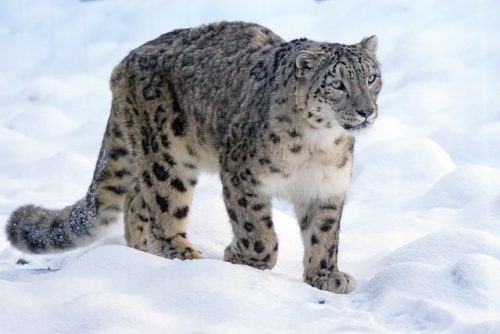
- Balochistan Forest Dormouse: This species of a dormouse are found in Ziarat, Balochistan in the Juniper forests. They are also endangered and the main threats to their habitat are deforestation and habitat degradation.
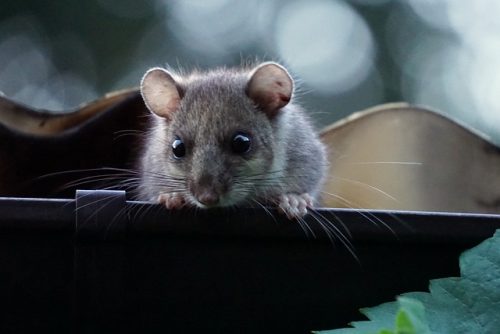
- Asparagus Gharoensis Blatter: It is a small shrub named after the scientist- Blatter, who first collected it in 1922. This is a small shrub that used to be present in Sindh. It is now considered extinct due to habitat degradation as of 2001 since no new individual plant has been found.
- Kashmir Vole: Habitat loss due to human activities has been the cause of their decline. It is a vulnerable and an endemic animal species. It is also vulnerable.
- Limosa limosa: Also known as the black tailed godwit is a bird specie that is also under threat in Pakistan. Its numbers are not available as they have been badly impacted by hunting and habitat degradation.
- Sand cat: also know as the Arabian sand cat or Pakistan sand cat commonly found in the desert regions. These cats are native/endemic to Pakistan and are endangered.
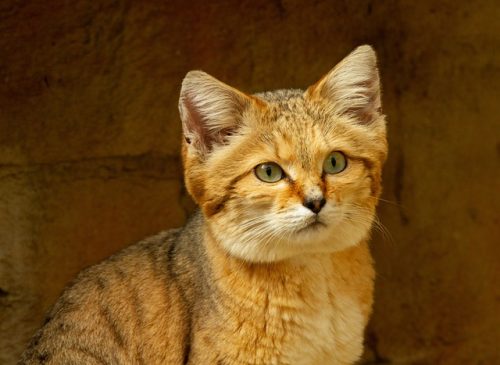
- Blue Coral: This type of coral found near the Astola Island in Balochistan is also endangered in Pakistan mainly due to dynamite fishing and water pollution.
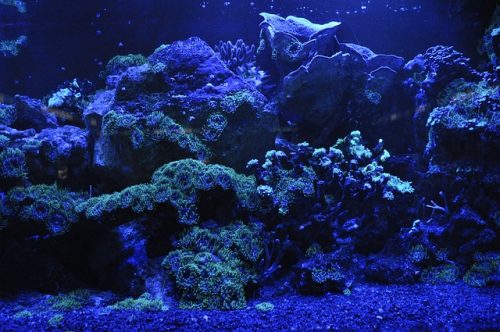
- Bigeye Tuna: It is a fish from the family of the mackerel and is found in all open waters of Pakistan however, it is being overfished and endangered due to habitat degradation.
- Pangolin: It is critically endangered mainly due to hunting and killing driven by superstitious beliefs and encroachment on their habitat by humans. Their numbers are dwindling and are few and far in between. For more info, you may check out, Unique Endangered Pangolin Species in Pakistan
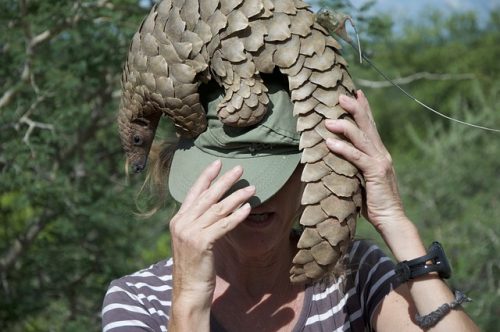
In Pakistan, there are many more species that are unaccounted for due to lack of research and absence of a proper list of animals and species, it is very difficult to quantify them and estimate how many species are endangered. However, now work is being done in order to slowly accumulate enough data to make an official IUCN Red List for the biodiversity of Pakistan.
For further reading, do check out, 10 Critically Endangered Animals That Can Go Extinct By 2050
Also check out, Anthropogenic Factors That Cause Species Decline
I hope you all liked this post! Please comment below if you have any suggestions, comments, or feedback! We at #envpk love hearing from our readers! Thanks!

